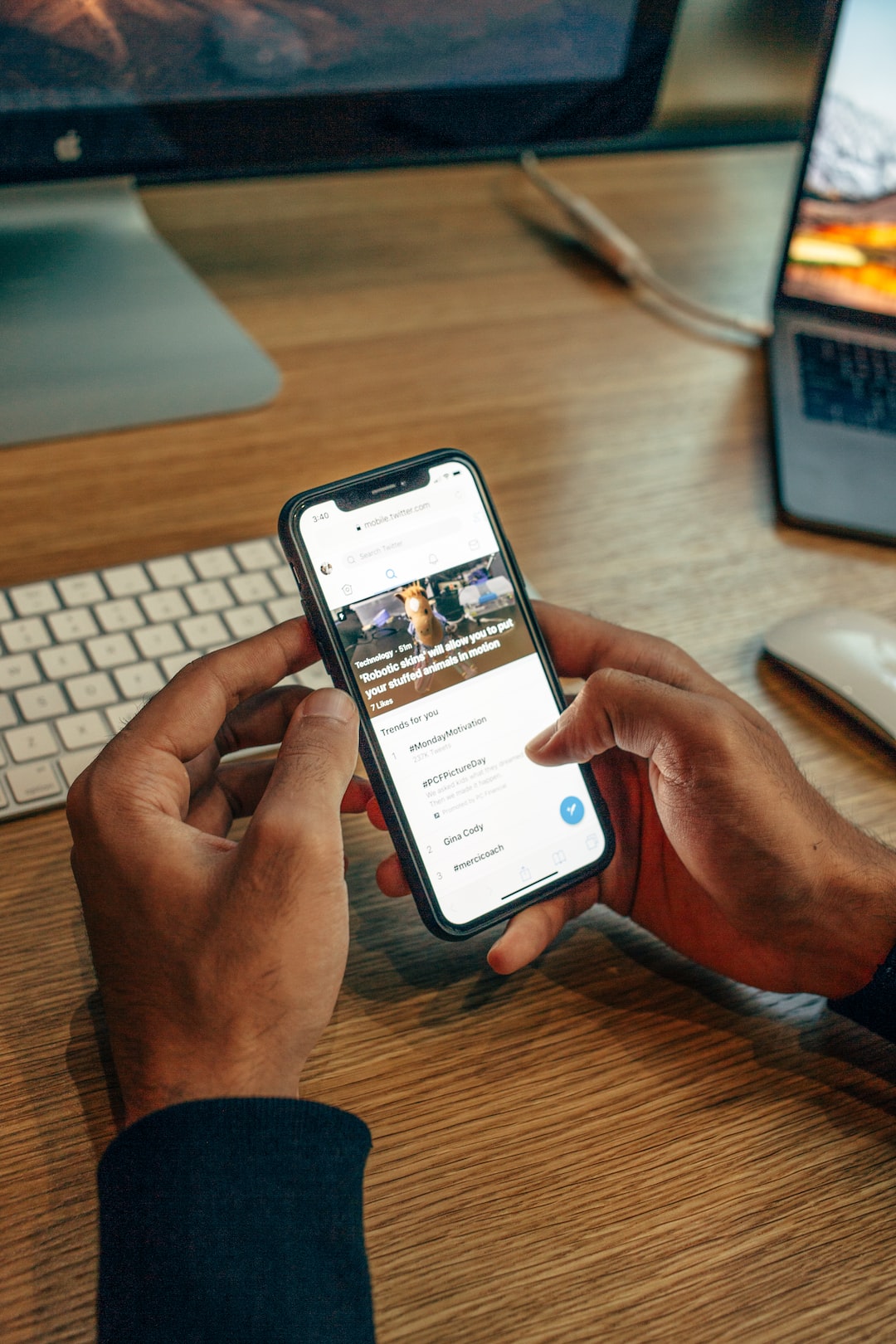Media plays a significant role in shaping our perceptions of beauty. We live in a world where beauty standards are highly prized, and societal norms often dictate what is considered beautiful or attractive. Over the years, popular culture, fashion, and advertisements have heavily influenced our ideals of beauty. As a result, our perceptions of what is beautiful are often shaped by media messages and images.
The media has the power to shape our perceptions of beauty positively and negatively. For instance, media messages that promote diversity and inclusivity help to expand our definition of beauty. In contrast, media messages that propagate unrealistic expectations or reinforce narrow beauty standards could have damaging effects on our self-esteem and mental health.
One of the most influential forms of media messages is advertising. Advertisements are specifically designed to sell products or services, and these often use models who can conform to ideal beauty standards. Advertisements depict models that are thin, young, and conventionally attractive. These models are presented as perfect and are often photoshopped to look even more beautiful than they are. The repeated exposure to such images can create unrealistic beauty standards and unrealistic expectations of ourselves and others.
Similarly, fashion magazines have influenced our perceptions of beauty. These magazines often feature models who have been airbrushed and edited to look flawless. These images help to perpetuate unattainable beauty standards and can have a detrimental effect on our self-esteem and confidence.
Social media is also playing an increasing role in shaping our perceptions of beauty. Most people follow a variety of accounts on social media, including influencers, celebrities, and brands. These accounts often feature highly curated images that have been filtered and altered to appeal to their followers. Seeing images of people who seem to have perfect lives and perfectly sculpted bodies can have a negative impact on our self-esteem. Social media is largely unregulated, and we need to be conscious of the impact it can have on our perceptions of beauty.
There have been calls for the media to promote more diverse and inclusive beauty standards. The media has a responsibility to showcase a more representative range of people, including different ages, body types, skin tones, and abilities. Brands need to be held accountable for their advertising practices and be encouraged to promote a more positive and inclusive image of beauty.
We need to be conscious of the media messages we consume and the impact they can have on our self-perception. We should be cautious of social media and recognize that the images posted by online influencers may not be representative of reality. We need to understand that the beauty standards we see in the media are not necessarily the norm and that we should embrace our unique qualities and attributes.
In conclusion, the media plays a significant role in shaping our perceptions of beauty. Advertisements, fashion magazines, and social media are powerful forces that influence how we perceive ourselves and others. We need to be conscious of the media messages we consume and recognize that the beauty standards portrayed in the media are not necessarily realistic or attainable. We need to embrace our unique qualities and celebrate diversity, recognizing that true beauty comes in many forms. By doing so, we can build more positive self-esteem and confidence and work towards a more inclusive and accepting society.


